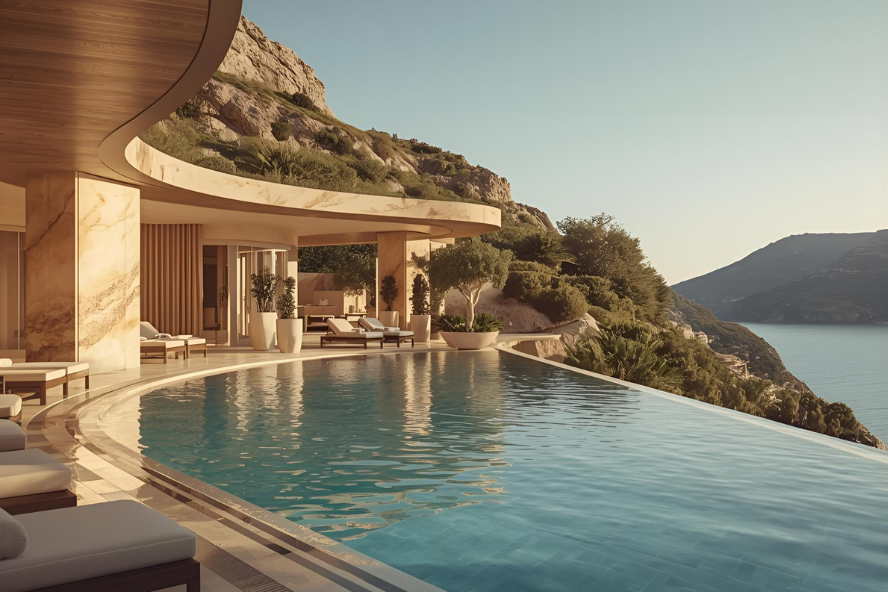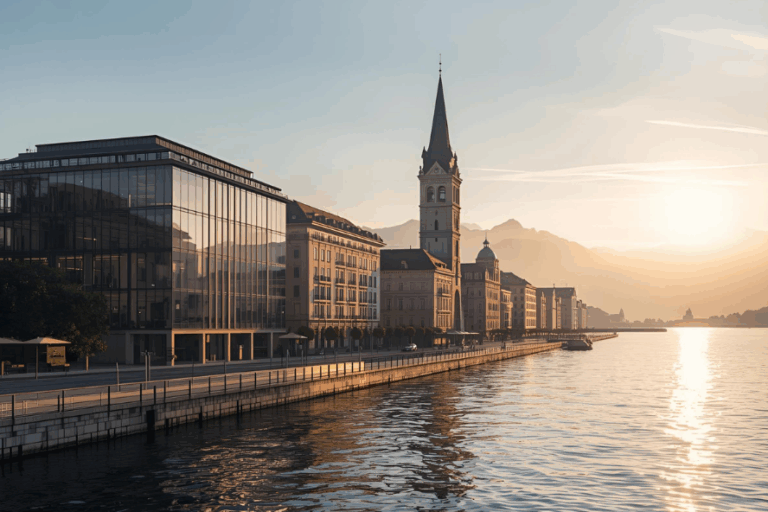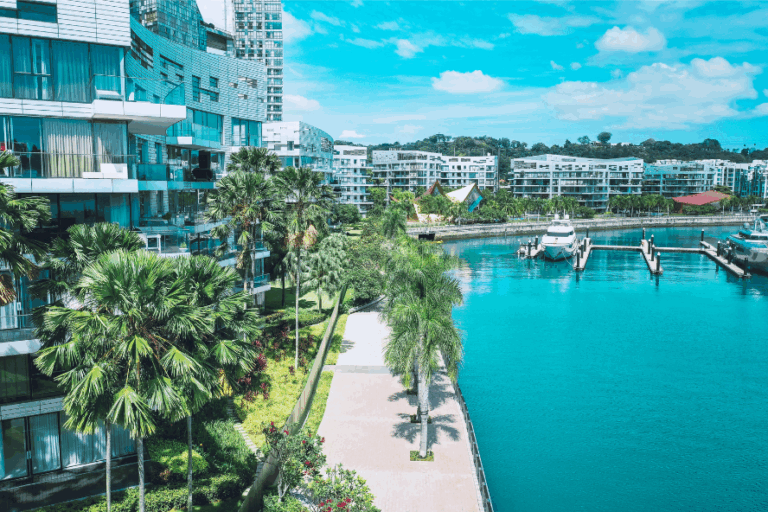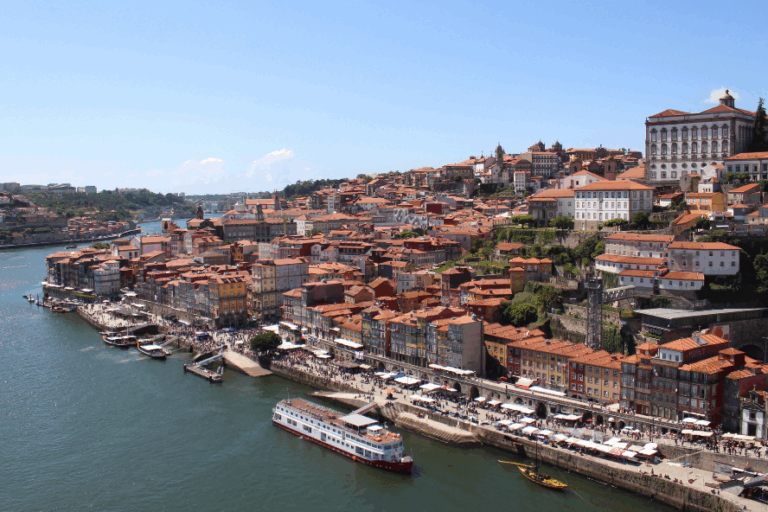Hotels and mixed-use developments are driving institutional investment across the continent
Europe’s hospitality sector has matured into one of the most attractive and resilient commercial property asset classes of the decade. No longer viewed purely through the lens of tourism, hotels and resort-led developments are now central to institutional real estate portfolios, offering recurring income, inflation resilience, and long-term capital appreciation.
From London and Paris to Lisbon, Athens, and the Adriatic coast, investor appetite for hospitality-led commercial property has accelerated. Yields remain compelling relative to prime offices and logistics, and operational upgrades, from brand repositioning to energy efficiency retrofits, provide measurable value uplift.
The repositioning of hospitality as core real estate
Historically, hospitality was seen as an alternative or cyclical investment. That perception has changed dramatically. Today, hotels are increasingly viewed as core real estate: income-producing, asset-backed, and resilient across market cycles.
According to CBRE, hotel investment across Europe exceeded €17 billion in 2024, with capital increasingly sourced from private equity, family offices, and institutional investors diversifying away from compressed yields in the office and retail sectors.
Average stabilised yields for prime European hotel assets currently sit between 4.75% and 6.5%, significantly higher than comparable-grade offices in major cities. For value-add and development opportunities, internal rate of return (IRR) expectations range between 12% and 18%, depending on market and operational profile.
Southern Europe: The growth engine of hospitality real estate
While northern European capitals offer liquidity and depth, the most dynamic opportunities lie in southern and emerging markets.
Spain, Portugal, Italy, Greece, and Montenegro continue to benefit from robust tourism demand, favourable cost structures, and government incentives supporting real estate and infrastructure investment.
Montenegro, in particular, demonstrates the potential of smaller markets evolving into serious commercial hubs. Developments such as Porto Montenegro and Lustica Bay have catalysed investor confidence, proving that luxury marina and hotel projects can achieve strong yields when backed by long-term infrastructure and EU-aligned investment frameworks.
In Portugal’s Algarve and Greece’s island markets, the repositioning of legacy assets into boutique or branded-luxury formats has also delivered double-digit returns. Institutional capital is now targeting similar repositioning opportunities in Croatia and the Balkans, where entry prices remain low relative to Western Europe.
Operational performance driving investment value
Unlike traditional commercial assets, hotels blend property ownership with operational management. This dual structure introduces complexity,but also opportunity.
Well-managed hotels can outperform other real estate segments by leveraging brand, management efficiency, and revenue optimisation. Average Gross Operating Profit (GOP) margins for upper-upscale hotels in Europe reached 38% in 2024, surpassing pre-pandemic levels.
Value creation increasingly comes through:
- Brand reflagging: Repositioning under established operators or boutique collections to capture higher ADRs (average daily rates).
- Asset-light management: Franchise and management agreements that separate ownership from operations, reducing fixed costs.
- Sustainability retrofits: ESG upgrades that not only meet regulatory standards but attract institutional ESG capital and reduce operating expenses.
Financing sophistication enabling growth
The evolution of financing models has played a decisive role in unlocking the sector’s potential. Traditional bank lending remains strong for stabilised assets in core markets, but alternative capital, mezzanine financing, debt funds, and private credit, now dominates development and repositioning transactions.
At Henry Dannell, we work closely with investors, developers, and operators to structure layered capital solutions, blending senior debt with subordinated finance to optimise leverage without diluting equity control.
In emerging markets such as Montenegro or Albania, these structures have been instrumental in bridging domestic banking limitations and ensuring that projects align with international investor standards.
Typical project financing ranges from 60% to 70% loan-to-cost, with mezzanine layers extending this up to 85%, subject to cash flow strength and covenant quality.
Sustainability and ESG: The new commercial benchmark
Across Europe, ESG compliance is no longer optional; it is a determinant of asset value and financing cost. Lenders and institutional buyers increasingly apply ESG scoring frameworks that directly influence loan margins, yield expectations, and asset liquidity.
For developers and asset owners, this means:
- Incorporating renewable energy and low-carbon design.
- Securing recognised sustainability certifications (BREEAM, LEED).
- Demonstrating measurable energy and waste reduction outcomes.
Hotels that meet these criteria consistently achieve 3–5% valuation uplifts and improved access to green financing, now a dominant feature in the European commercial lending landscape.
Comparative market outlook: maturity vs. growth
| Market Type | Examples | Investment Focus | Indicative Yields / IRRs |
|---|---|---|---|
| Core | London, Paris, Madrid | Stabilised hotels, institutional portfolios | 4.75–5.5% yield |
| Core-Plus | Lisbon, Milan, Athens | Repositioning and value-add assets | 6–8% yield / 10–14% IRR |
| Emerging | Dubrovnik, Porto Montenegro, Tirana | Development-led, luxury or resort hospitality | 8–10% yield / 14–18% IRR |
This comparative view underscores the depth and diversity of opportunity across Europe. For investors balancing stability with upside, a portfolio approach combining core and growth markets offers optimal risk-adjusted returns.
A continent of opportunity for discerning investors
Europe’s hospitality industry has evolved beyond leisure; it is now a sophisticated, institutional-grade commercial property class with scalable, defensible income streams.
From five-star urban hotels in Madrid to wellness-led developments in the Alps and luxury marinas along the Adriatic, the sector offers a rare blend of hard asset security, income yield, and experiential relevance.
For investors seeking exposure to tangible assets with consistent cash flow and inflation-linked upside, the time to act is now.
Contact Henry Dannell for tailored financing and structuring solutions to unlock the full potential of Europe’s evolving hospitality real estate market.
Please note: This article is intended for informational purposes only and does not constitute financial advice. The information contained herein is based on market conditions and opinions at the time of publication and is subject to change without notice. This article may contain references to or summaries of market research reports or analyses prepared by external providers. Henry Dannell Switzerland does not endorse or adopt the views expressed in any such third-party reports. We recommend that you review the original research reports before making any decisions based on their content. Please also note: a mortgage is secured against your home or property. Your home or property may be repossessed if you do not keep up repayments on your mortgage or any other debt secured on it.



